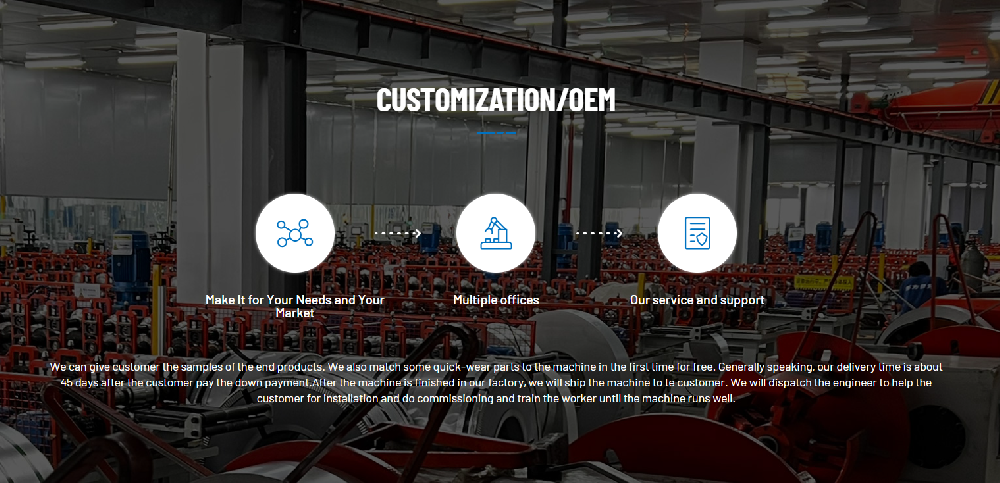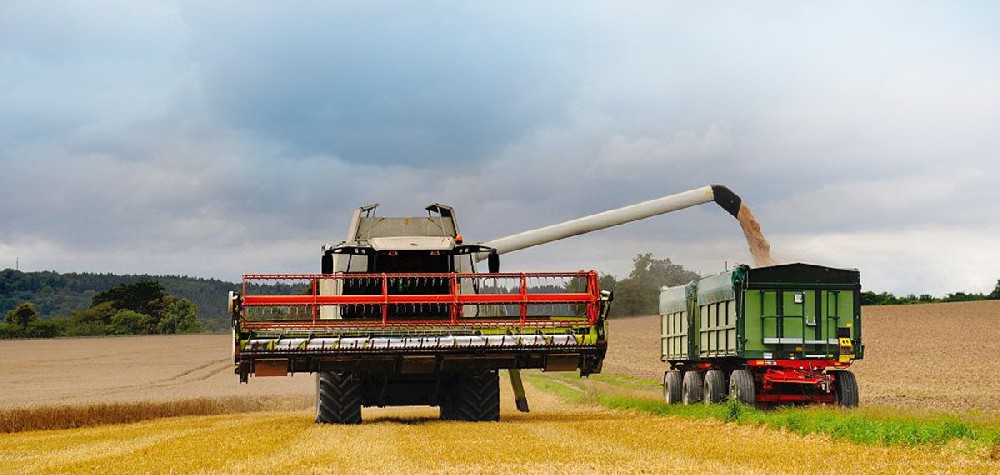Navigation Menu
Contact Us
- Email:
- info@wxavatar.com
- Address:
- Yurong Village, Yuqi Street, Huishan District, Wuxi, China.
Release Date:Aug 19, 2025 Visit:20 Source:Roll Forming Machine Factory
In modern metal processing, efficiency and accuracy often depend on how effectively raw materials are handled at the start of the production line. A hydraulic decoiler plays a crucial role in this stage, especially when working with heavy coils. Beyond its ability to carry substantial loads, it is specifically designed to ensure smooth, precise, and consistent uncoiling.

1. Stable Coil Handling for Heavy Materials
Unlike manual or mechanical systems, a hydraulic decoiler provides controlled coil expansion and gripping force. This prevents slippage or uneven tension, which is critical when processing thick or wide materials. By maintaining stability, it minimizes errors that could compromise the quality of downstream operations.
2. Controlled Speed and Tension Adjustment
Precision in uncoiling relies heavily on how well tension is managed. Hydraulic decoilers typically come with variable speed drives and tension controls, allowing operators to adjust material feed rates according to production needs. This ensures a consistent flow of material to roll formers, presses, or cutting machines.
3. Reduced Material Waste
Uncontrolled coil feeding can lead to edge damage, waviness, or misalignment. A hydraulic decoiler’s ability to release material smoothly helps prevent such issues, ultimately reducing scrap rates and saving costs.
4. Integration With Automated Systems
Modern hydraulic decoilers can be integrated with straighteners, feeders, and roll forming equipment, synchronizing the entire line. This level of automation enhances precision further by ensuring consistent coordination between uncoiling and forming processes.
5. Operator Safety and Efficiency
Precision is also about repeatability under safe conditions. Hydraulic decoilers often include automatic braking systems and safety interlocks, giving operators reliable control over heavy material handling while maintaining consistent accuracy.

In summary: A hydraulic decoiler enhances precision in uncoiling heavy materials by ensuring stable coil support, accurate tension control, reduced material waste, and seamless integration with automated production lines. For manufacturers handling large coils, investing in this technology means better product consistency, higher efficiency, and safer operations.